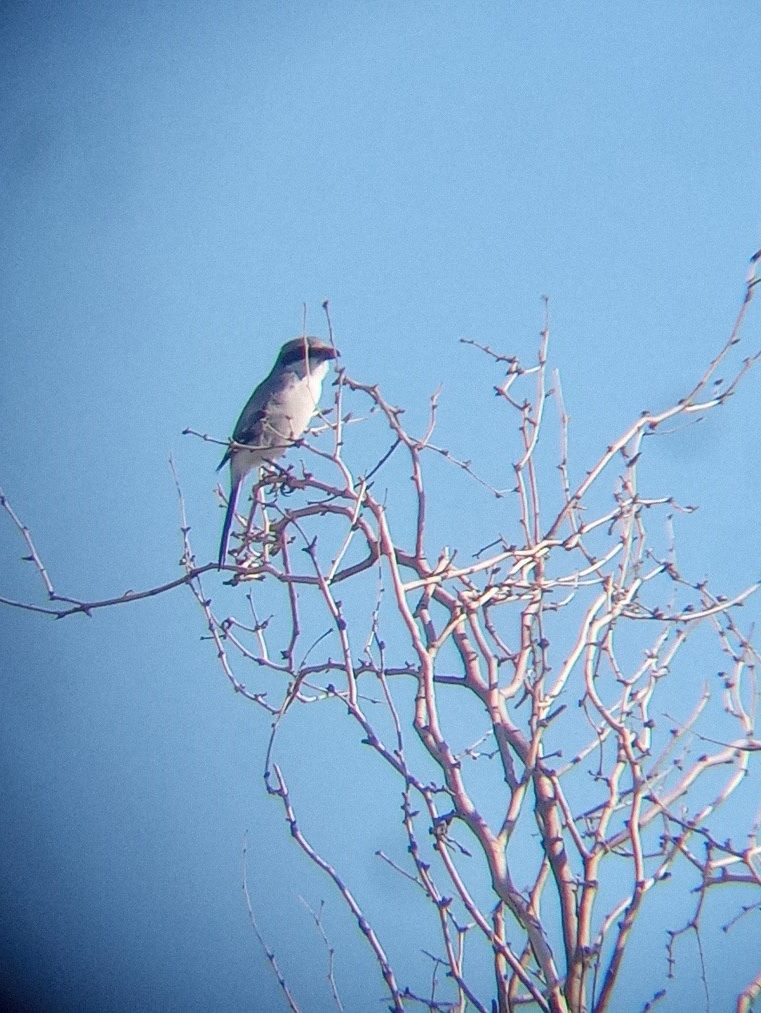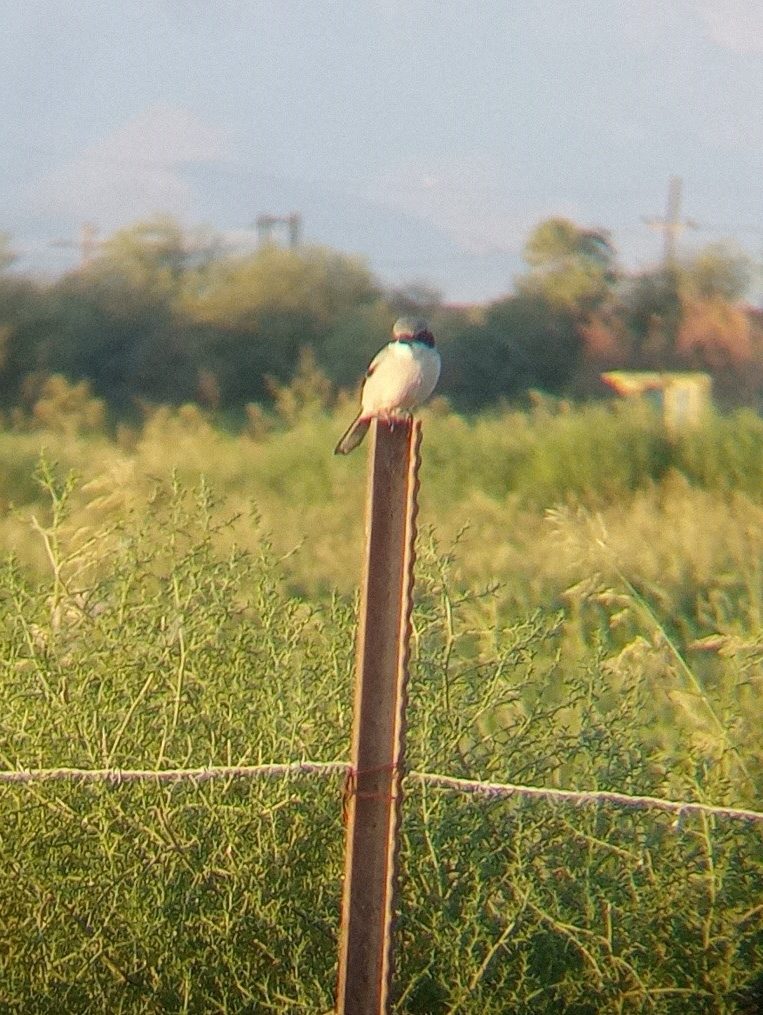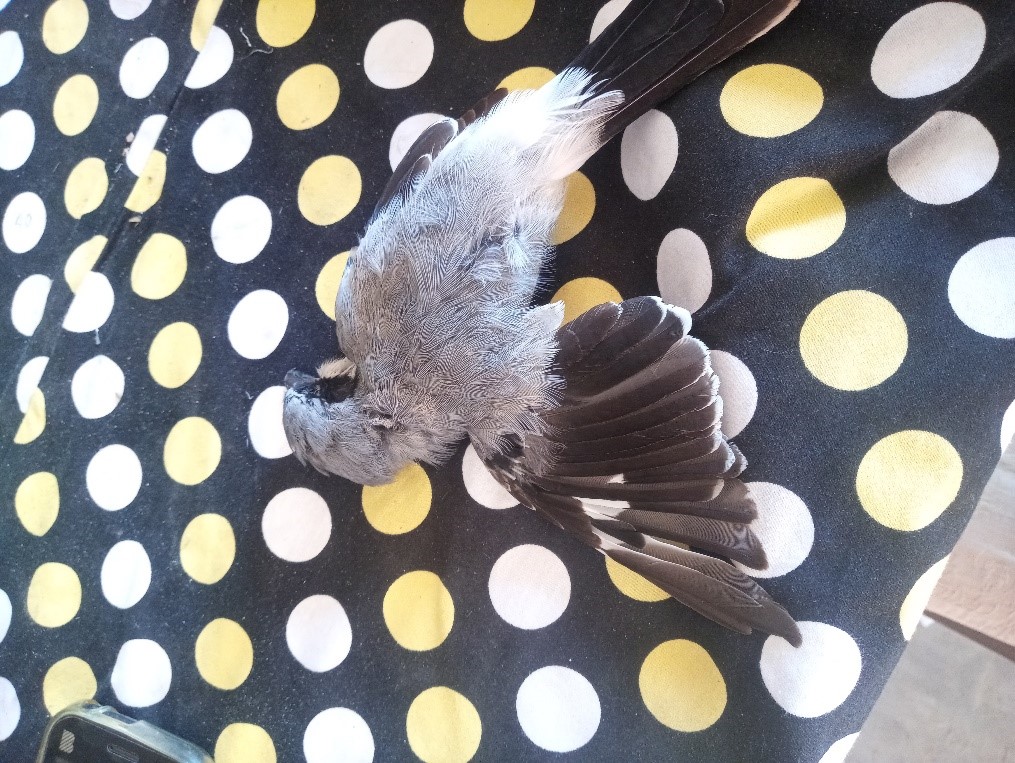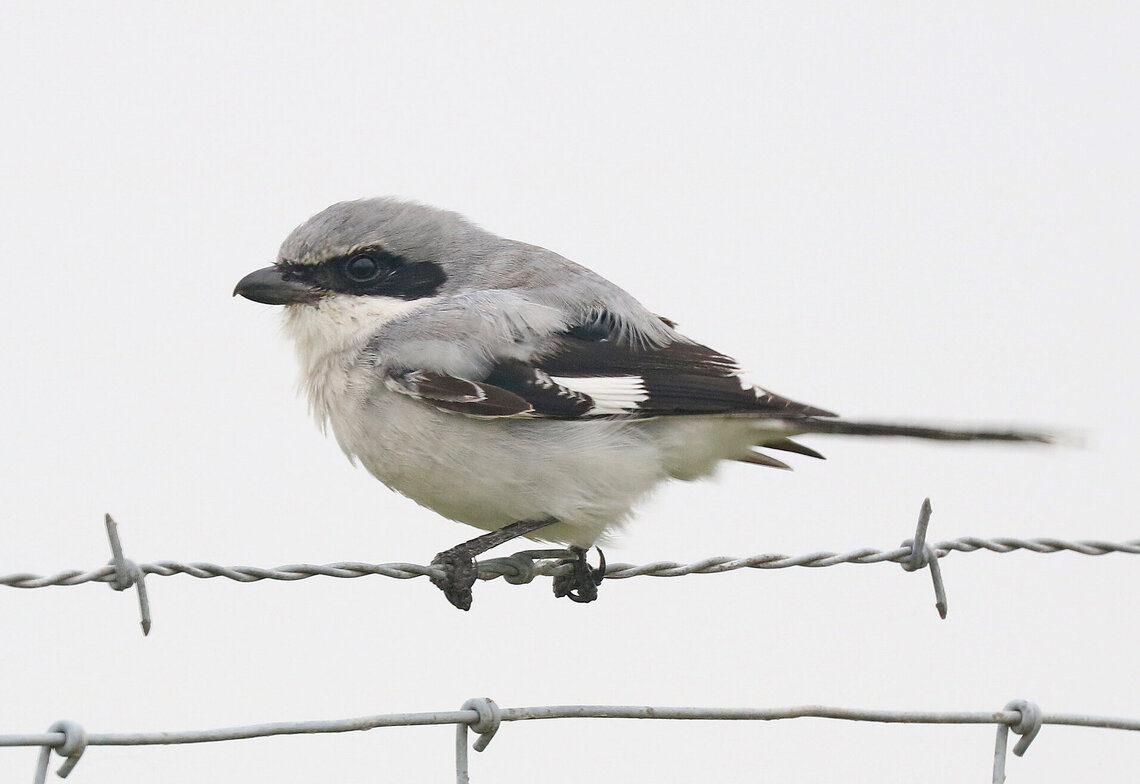Abel Domínguez-Pompa, Postgraduate in biosciences, Department of Science and Technology Research, University of Sonora

The Loggerhead Shrike (Lanius ludovicianus) is a species found in Canada, the United States, and Mexico. Some populations are migratory and winter in the southern United States and Mexico. The North America Breeding Bird Survey (BBS) determined that this species has undergone a decrease along the continent with an average rate of 3.7% decline a year, during the 1966-1998 period. To understand and explain the decrease in population, there were several studies carried out about the ecology of the species during the breeding and non-breeding seasons in the United States and Canada, whereas very few studies were conducted in Mexico. In Mexico, the Loggerhead Shrike is widely found and presents resident and migratory winter populations. However, there is little information regarding the ecology and migratory status of the species in northeastern Sonora, Mexico.
To learn about the ecology and migratory status of the Loggerhead Shrike in northeastern Sonora, Mexico, 36 point counts were conducted of variable radius (5-minute duration, separation of 250 m) in agricultural and non-agricultural parcels (Sonoyta River and crasicaulescent scrubs) in Hombre Blancos ejido, Sonoyta, Sonora, Mexico for recording of individuals. Additionally, during mornings and the last two hours of daylight, sites where individuals were recorded were visited to observe roosting use, transitioning within roosts, type of foraging, foraging success, hunting attempts, and diet between August 2020 and February 2021.

A total of 7 individuals were recorded with 3,342 minutes of observation. There was only one individual recorded in the non-agricultural area of crasicaulescent scrubs. The Loggerhead Shrike spent 92% of its time roosting, 2.6% foraging, and 1.2% traveling between roosts. Of the 3,215 minutes spent roosting, 45% was in trees and/or shrubs such as velvet mesquite (Prosopis velutina), gumdrop tree (Ziziphus obtusifolia), and salt cedar (Tamarix ramosissima). It spent 31.6% roosting on manmade structures (fences, electrical wires, fence posts, and lamp posts), and 20.7% on plants, mainly common sunflower (Helianthus annuus), Johnson grass (Sorghum halepense), and Prickly saltwort (Salsola kali). Additionally, 80 minutes of foraging were recorded where 89.7% was hunting from perch to ground, and 3.8% from perch to flight. Lastly, there was a total of 577 hunting attempts where 30% were successful, 37% not successful, and 33% undetermined. Only invertebrates were recorded in the diet during these observations.

The Loggerhead Shrike found in the agricultural valley of Sonoyta, Sonora, Mexico are a winter migratory population. Individuals arrive at the end of May and beginning of June, and migrate to breeding grounds at the end of March or early April. Of note, two of the individuals being monitored were found dead, one was prey to a pair of Cooper’s Hawks (Accipiter cooperii), and the other was found days after its territory was sprayed with pesticides, meaning that he probably died after eating poisoned insects. Predation by birds of prey and poisoning could be the main mortality causes for the winter population in the region.
The records of hunting conducted on the ground could be due to the lack of available roosting sites to hunt within the agricultural areas. Given this, it is important to consider placing artificial perches to hunt inside agricultural areas, as well as considering the possible impacts on the birds due to the use of pesticides. Similarly, consideration must be given for future studies in the area to understand aspects such as fidelity to the territory and mortality assessment, among others. Finally, the Loggerhead Shrike had a high use of trees and shrubs, which highlights the importance of maintaining and conserving borderline living fences in agricultural areas.
I am grateful to Idea Wild for donating field equipment.

